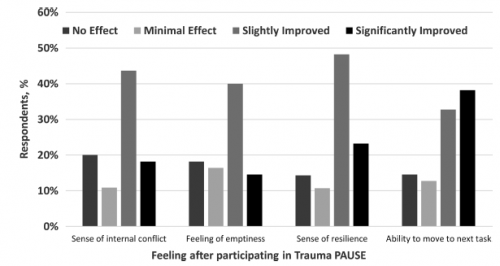The American College of Surgeons requires all US Trauma Centers to publish a call schedule that includes a backup trauma surgeon. This is important for several reasons:
- It maintains a high level of care when the on-call surgeon is encumbered with multiple critical patients, or has other on-call responsibilities such as acute care surgery
- It reduces the need to place the entire trauma center on divert due to surgeon issues
However, the ACS does not provide any guidance regarding the criteria for and logistics of mobilizing the backup surgeon. In my mind, the guiding principle is a simple one:
The backup should be called any time a patient is occupying the on-call surgeon’s time to the extent that they cannot manage the care of a newly arrived (or expected to arrive) patient with critical needs that only the surgeon can provide.
There’s a lot of meat in that sentence, so let’s go over it in detail.
First, the on-call surgeon must already be busy. This means that they are actively managing one or more patients. Depending on the structure of the call system, they may be involved with trauma patients, general/acute care surgery patients, ICU patients, or a combination thereof. Busy means tied up to the point that they cannot meaningfully manage another patient.
Note that I did not say “evaluate another patient.” Frequently, it is possible to have a resident (at an appropriate training level) or advanced practice provider (APP) see the new patient while the surgeon is tied up, say in the operating room. They can report back, and the surgeon can then weigh his or her choices regarding the level of management that will be needed. Or if operating with a chief resident, it may be possible for the surgeon to briefly leave the OR to see the second patient or quickly check in on the trauma resuscitation. Remember, our emergency medicine colleagues can easily run a trauma activation and provide initial care for major trauma patients. They just can’t operate on them.
What if the surgeon is in the OR? Should they call the backup every time they are doing a case at night? Or every time a trauma activation is called while they are doing one? In my opinion, no. The chance of having a highest level trauma activation called is not that high, and as above, the surgeon, resident, or APP may be able to assess how much attention the new patient is likely to need. But recognize that the surgeon may not meet the 15 minute trauma activation attendance requirement set forth by the ACS.
However, once such a patient does arrive (or there is notification that one of these patients is on the way), call in the backup surgeon. These would include patients that are known to, or are highly suspected of needing immediate operative management. Good examples are penetrating injuries to the torso with hemodynamic problems, or those with known uncontrolled bleeding (e.g. mangled extremity).
If two or more patients are being managed by the surgeon, and they believe that they would not be able to manage another, it’s a good idea to notify the backup that they may be needed. This lets them plan their evening better to ensure rapid availability.
Finally, what is the expected time for the backup to respond and arrive at the hospital to help? There is no firm guideline, but remember, your partner and the patient are asking for your assistance! In my opinion, total time should be no more than 30 minutes. If it takes longer, then the trauma program should look at its backup structure and come up with a way to meet this time frame.


